Cloud Data Science News #2
Data Science 101
JANUARY 10, 2020
2020 is now in full swing and the announcements are starting to show up. Google Releases a tool for Automated Exploratory Data Analysis Exploring data is one of the first activities a data scientist performs after getting access to the data. It is February 19, 2020.

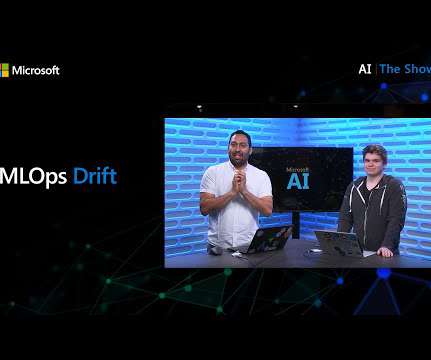

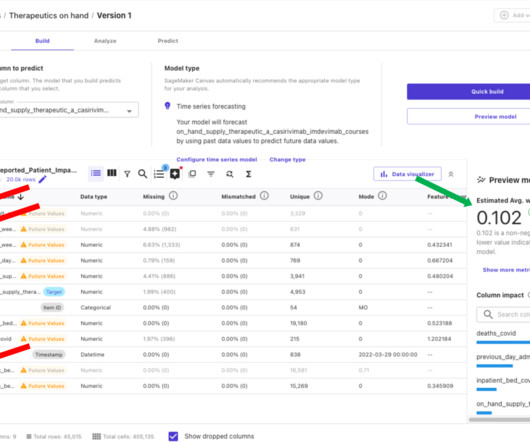
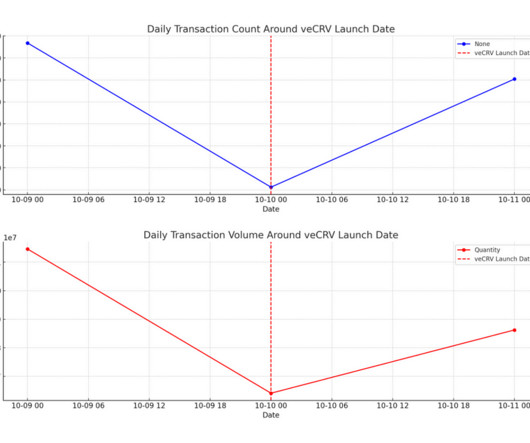

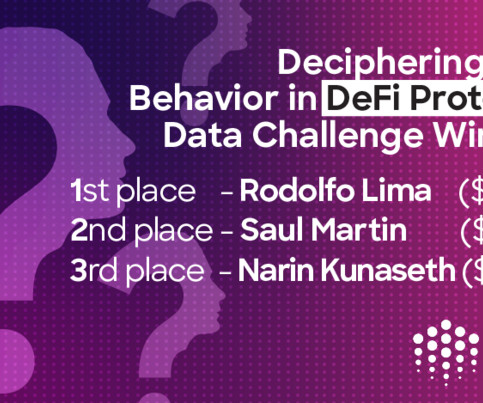
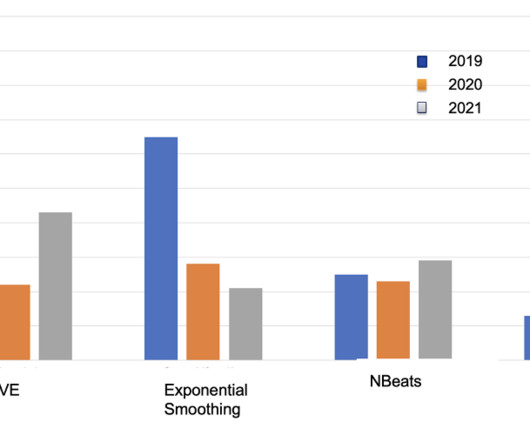







Let's personalize your content